TIMOLOL/DORZOLAMIDE DROPS - OPHTHALMIC
PHONETIC PRONUNCIATION: (TIE-moh-lohl/door-ZOHL-uh-mide)
COMMON BRAND NAME(S): Cosopt
GENERIC NAME(S): dorzolamide HCl/timolol maleate
Uses
USES: This product contains two drugs used to treat high pressure inside the eye due to glaucoma (open angle-type) or other eye diseases (e.g., ocular hypertension). Lowering high pressure inside the eye helps to prevent blindness. This medication works by decreasing the amount of fluid within the eye. Timolol belongs to a class of drugs known as beta-blockers, and dorzolamide belongs to a class of drugs known as carbonic anhydrase inhibitors.
How to use TIMOLOL/DORZOLAMIDE DROPS - OPHTHALMIC
HOW TO USE: Read the Patient Information Leaflet provided by your pharmacist before you start using timolol/dorzolamide and each time you get a refill. If you have any questions regarding the information, consult your doctor or pharmacist. This medication is for use in the eye(s), usually one drop in the affected eye(s) 2 times a day, or as directed by your doctor. To apply eye drops, wash your hands first. To avoid contamination, do not touch the dropper tip or let it touch your eye or any other surface. Some products contain a preservative that may be absorbed by contact lenses. If you are using a product with a preservative and you wear contact lenses, remove the lenses before using the eye drops. Wait at least 15 minutes before putting in your contact lenses. Tilt your head back, look upward and pull down the lower eyelid to make a pouch. Hold the dropper directly over your eye and place one drop in your eye. Look downward and gently close your eyes for 1 to 2 minutes. Place one finger at the corner of your eye (near the nose) and apply gentle pressure. Try not to blink and do not rub your eye. This will prevent the medication from draining out. Repeat these steps for your other eye if so directed. Do not rinse the dropper. Replace the dropper cap after each use. If you are using another kind of eye medication (e.g., drops or ointments), wait at least 5 minutes before applying other medications. Use eye drops before eye ointments to allow the eye drops to enter the eye. Use this medication regularly in order to get the most benefit from it. To help you remember, use it at the same times each day. It is important to continue using this medication even if you feel well. Most people with glaucoma or high pressure in the eyes do not feel sick.
Side Effects
Precautions
Interactions
Overdose
Images
Reviews
Faq for TIMOLOL/DORZOLAMIDE DROPS - OPHTHALMIC
Timolol/Dorzolamide drops are used to treat high pressure inside the eye due to glaucoma or other eye conditions.
These drops reduce the production of fluid in the eye and increase the drainage of fluid, thus lowering the pressure inside the eye.
It is best to consult with your doctor before using these drops during pregnancy or while breastfeeding to ensure that it is safe for you and your baby.
Common side effects may include stinging or burning of the eyes, blurred vision, redness, itching, or dryness of the eyes. These side effects are usually temporary and go away on their own.
Follow the instructions provided by your doctor or as stated on the prescription label. Typically, you may need to apply one drop in the affected eye(s) twice a day.
You should remove your contact lenses before applying the drops and wait for at least 15 minutes before reinserting the lenses. These drops can contain preservatives that may be absorbed by the lenses, causing eye irritation.
It is essential to inform your doctor about all the medications you are currently taking, including prescription, over-the-counter drugs, and herbal supplements, to avoid any potential drug interactions.
If you forget to apply a dose, apply it as soon as you remember. However, if it is nearly time for your next scheduled dose, skip the missed dose and continue with your regular dosing schedule.
These drops can be used in children as prescribed by their doctor. The dosage and usage instructions may vary depending on the child's age and health condition.
Disclaimer
IMPORTANT: HOW TO USE THIS INFORMATION: This is a summary and does NOT have all possible information about this product. This information does not assure that this product is safe, effective, or appropriate for you. This information is not individual medical advice and does not substitute for the advice of your health care professional. Always ask your health care professional for complete information about this product and your specific health needs.

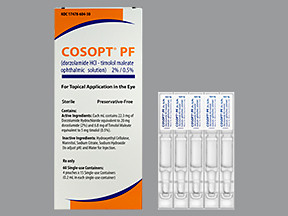
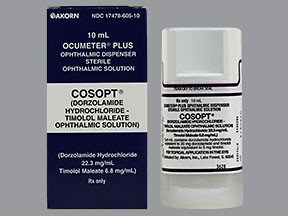
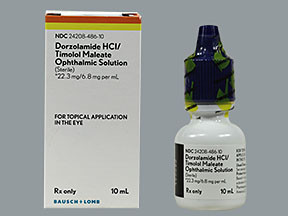
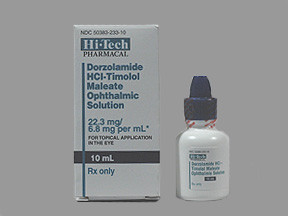
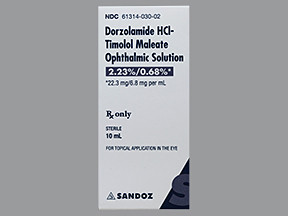
No Reviews Yet